The paleo and keto diets can improve health, help with weight management, and increase energy levels. While both are effective diets, they differ in their approach to food choices.
The paleo diet focuses on eating unprocessed foods, whole foods that our ancestors would have eaten, while the keto diet is all about reducing carbs and increasing fat intake to put your body into a state of ketosis.
While these diets may seem restrictive, they can offer many benefits when done correctly. In fact, combining aspects of both diets can provide even more benefits.
For example, the paleo diet emphasizes nutrient-dense whole foods, while the keto diet can help reduce inflammation and improve brain function.
Combining the two allows you to create a healthy, sustainable eating plan that works for you.
It's important to note that both diets can be challenging to follow long-term, and it's essential to consult with a healthcare professional before making any significant dietary changes.
However, incorporating elements of both diets can provide a balanced approach to eating that can help you achieve your health goals and feel your best.
Key Differences between Keto and Paleo
Both the keto and paleo diets are popular diets that have been gaining popularity in recent years. While they share some similarities, the two also have key differences. Here are some of the main differences:
| Keto | Paleo |
| High-fat, low carb | High protein, moderate fat, low carb |
| Strict carb counting | Eliminates grains, legumes, and dairy |
| This may include processed foods and artificial sweeteners | Emphasizes whole, unprocessed foods |
The keto diet is a high-fat, low-carb diet that puts the body into a state of ketosis, where it burns fat for fuel instead of carbohydrates.
On the other hand, the paleo diet focuses on eating whole, unprocessed foods that were available to our ancestors during the Paleolithic era.
While both diets can lead to weight loss and improved health markers, they may not suit everyone.
The keto diet can be difficult to sustain long-term, and some people may experience adverse side effects, such as the "keto flu."
While generally considered safe, the paleo diet may not provide enough of certain nutrients, such as calcium and vitamin D, due to its restriction of dairy products.
However, combining elements of both diets for added health benefits are possible.
For example, you could follow a paleo-style diet that eliminates grains and legumes but also includes healthy fats such as avocado and nuts.
Alternatively, you could follow a keto diet emphasizing whole, unprocessed foods and eliminating artificial sweeteners and processed foods.
What is Keto?
Keto Diet Principles
The keto diet is a low-carb, high-fat diet that aims to get your body into a state of ketosis.
Ketosis is a metabolic state where your body burns fat for energy instead of carbohydrates. The principles of the keto diet are simple: you need to drastically reduce your carbohydrate intake and increase your fat intake.
This forces your body to switch from burning glucose (sugar) for energy to burning fat, which results in weight loss.
The keto diet is based on the principle that when you restrict your carbohydrate intake, your body will start to produce ketones, which are molecules that your body can use for fuel.
By increasing your fat intake, you give your body the fuel it needs to produce ketones and enter into ketosis.
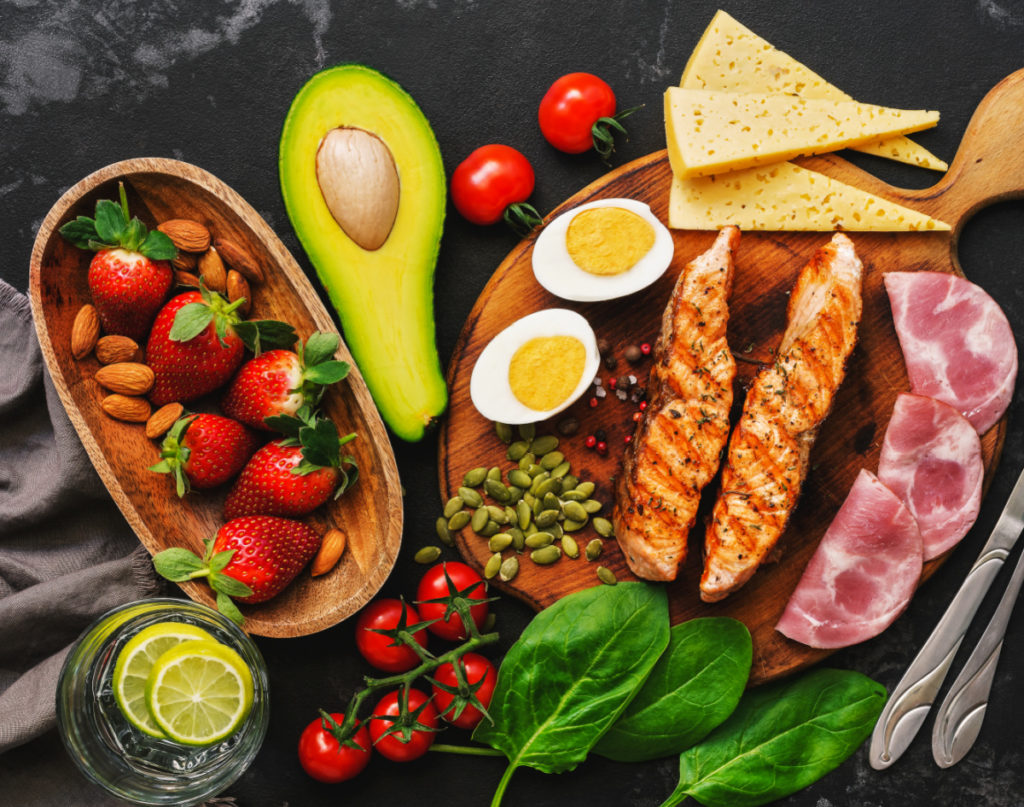
Would you like to save this?
Keto Foods to Eat and Avoid
On the keto diet, you should aim to eat foods that are high in fat and low in carbohydrates.
This means you should avoid foods high in sugar, starch, and carbohydrates, such as bread, pasta, rice, and potatoes. Instead, you should focus on eating foods high in healthy fats, such as avocados, nuts, seeds, and fatty fish.
Here is a list of foods that you should eat on the keto diet:
- Meat and poultry
- Fatty fish
- Eggs
- Low-carb vegetables, such as spinach, kale, and broccoli
- Avocados and olives
- Nuts and seeds
- Healthy oils, such as olive oil, coconut oil, and avocado oil
And here is a list of foods that you should avoid on the keto diet:
- Sugar
- Grains, such as wheat, rice, and corn
- Starchy vegetables, such as potatoes and sweet potatoes
- Fruit, except for small amounts of berries
- Processed foods
- Trans fats
By following the principles of the keto diet and eating the right foods, you can enter into ketosis and reap the health benefits that come with it.
However, it's important to note that the keto diet may not be suitable for everyone, and it's always a good idea to talk to your doctor before starting any new diet.
What is Paleo?
The Paleo diet, also known as the Paleolithic diet, is based on the idea of eating similar foods to those our ancestors ate during the Paleolithic era, which was around 2.5 million to 10,000 years ago.
The goal is to eat like our ancestors did, which is believed to promote better health and well-being.
Paleo Diet Principles
The Paleo diet is based on a few fundamental principles:
- Eat whole, unprocessed foods.
- Avoid processed foods, grains, and legumes.
- Eat a variety of fruits, vegetables, and healthy fats.
- Choose grass-fed, pasture-raised, and wild-caught proteins.
- Avoid dairy, refined sugar, and processed oils.
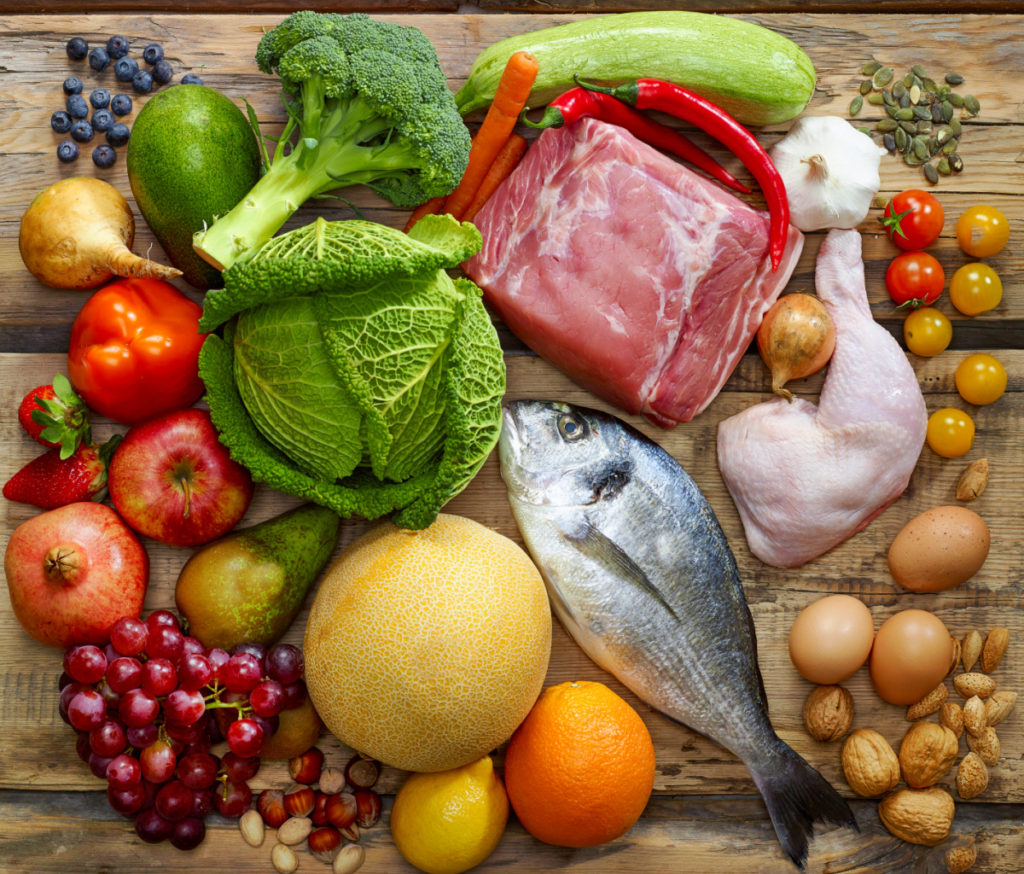
Paleo Foods to Eat and Avoid
Here is a list of foods that are allowed and not allowed on the Paleo diet:
| Foods to Eat | Foods to Avoid |
| Meat (grass-fed, pasture-raised, and wild-caught) | Processed meats (sausages, hot dogs, deli meats) |
| Poultry (pasture-raised) | Grains (wheat, rice, corn) |
| Seafood (wild-caught) | Legumes (beans, lentils, peanuts) |
| Eggs (pasture-raised) | Dairy (milk, cheese, yogurt) |
| Fruits and vegetables | Processed foods (chips, cookies, crackers) |
| Nuts and seeds | Refined sugar (soda, candy, desserts) |
| Healthy fats (coconut oil, avocado oil, olive oil) | Processed oils (vegetable oil, canola oil) |
While the Paleo diet may seem restrictive, it can be a healthy way to eat if done correctly. The diet can help promote weight loss, improve digestion, and reduce inflammation.
However, it is vital to ensure you get all the necessary nutrients and not eliminate entire food groups without consulting a healthcare professional.
It is also possible to combine the principles of the Paleo diet with the principles of the keto diet for added health benefits.
By focusing on whole, unprocessed foods and limiting carbohydrates, you can create a healthy, balanced diet that promotes weight loss, improves digestion, and reduces inflammation.
How to Combine Keto and Paleo for Added Health Benefits
Combining the best of both worlds can provide added health benefits. Here are some tips on how to do it:
- Focus on whole, nutrient-dense foods: Both keto and paleo emphasize the importance of whole foods. Incorporating plenty of vegetables, healthy fats, and quality protein sources can help provide your body with the nutrients it needs.
- Limit processed foods: Both diets limit processed foods and added sugars. Avoiding processed foods can help improve overall health and reduce inflammation.
- Be mindful of carb intake: While paleo allows for more carbohydrates, it's important to be mindful of your carb intake if you're trying to follow a keto diet. Incorporating low-carb vegetables like leafy greens, broccoli, and cauliflower can help keep your carb intake in check.
- Include healthy fats: Both diets emphasize the importance of healthy fats. Incorporating healthy fats like avocado, olive oil, and nuts can help keep you feeling full and satisfied.
- Experiment with carb cycling: Some people find that incorporating carb cycling can help provide added health benefits. This involves alternating between higher and lower carb days to help improve insulin sensitivity and support weight loss.
Remember, listening to your body and finding what works best for you is important. Combining keto and paleo can provide added health benefits, but it's essential to do so in a way that works for your needs and goals.

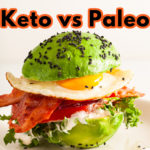
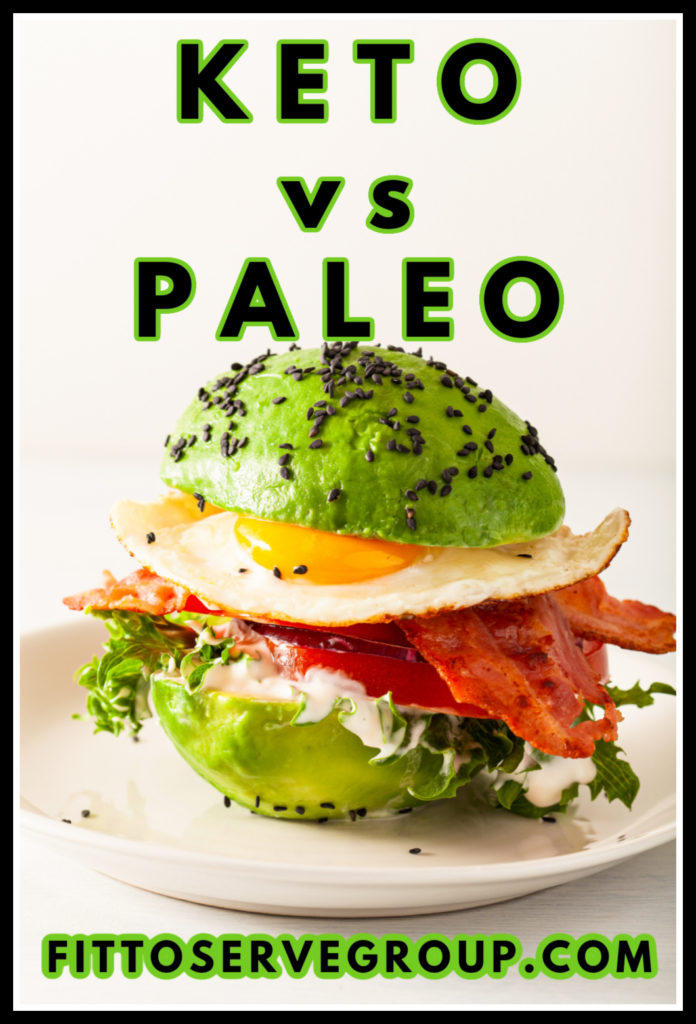


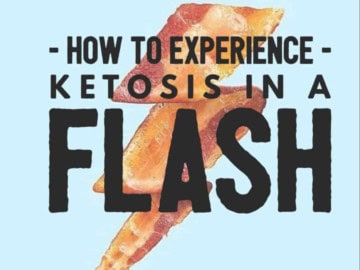

Leave a Reply